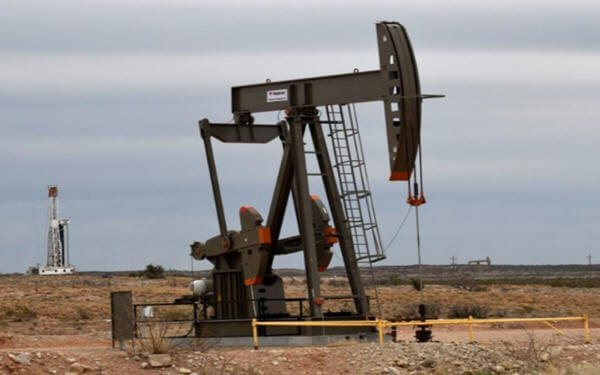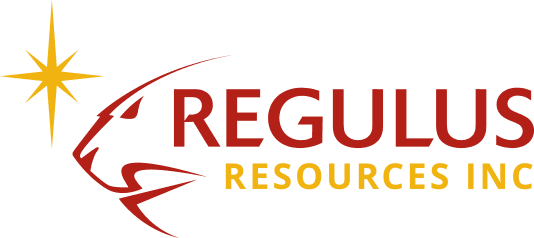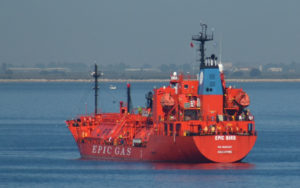Oil rises 0.7% as Wall Street rebounds, but weak OPEC outlook caps gains

Oil prices on Friday rebounded from a two-day drop, alongside equities as expectations of further stimulus by central banks helped to ease recession concerns. But oil’s gains were capped after the Organization of the Petroleum Exporting Countries trimmed its global oil demand forecast in a downbeat outlook for the rest of 2019 as economic growth slows. The cartel also highlighted challenges in 2020 as rivals pump more, building a case to keep up an OPEC-led pact to restrain supplies. “OPEC killed the golden goose,” said Bob Yawger, director of futures at Mizuho in New York. “We’ve had some little rallies back into the green, as market tries to follow equities higher, but the fundamentals in the report are so bearish that it caps the rallies.” Brent crude was up 49 cents, or 0.8%, at $58.72 a barrel, after falling 2.1% on Thursday and 3% the previous day. U.S. cruderose 40 cents, or 0.7%, to $54.87 a barrel after having dropped 1.4% in the previous session and 3.3% on Wednesday. Before the OPEC monthly report release, Brent touched a session high of $59.50 and U.S. crude traded at $55.67 as investors expect further interest rate cuts from the Federal Reserve and moves by the European Central Bank next month to fight softening growth. For the week, the oil benchmarks were unchanged even as Wall Street’s three main indexes were on track to rack up their third consecutive week of losses, as investors worried about the risk of recession and U.S.-China trade tensions. BNP Paribas cut its forecast for 2019 for U.S. crude by $8 to $55 per barrel and for Brent by $9 to $62 per barrel, citing slowing economy amid the trade dispute. Earlier this week, data releases included a surprise drop in industrial output growth in China to a more than 17-year low, and a fall in exports that sent Germany’s economy into reverse in the second quarter. The price of Brent is still up nearly 10% this year helped by supply cuts led by OPEC and its allies such as Russia, a group known as OPEC+. In July, OPEC+ agreed to extend oil output cuts until March 2020 to prop up prices. “At what point will further output cuts be needed at the back end of this year from OPEC and Russia to keep things going the way they are?” said Phin Ziebell, senior economist at National Australia Bank. A Saudi official indicated this month that more steps may be coming, saying Saudi Arabia was committed to do “whatever it takes” to keep the market balanced next year. OPEC’s efforts have been undermined by worries about the economy , as well as rising U.S. stockpiles of crude and higher output of U.S. shale oil. Source: CNBC
Natural Gas
Oil & Gas








